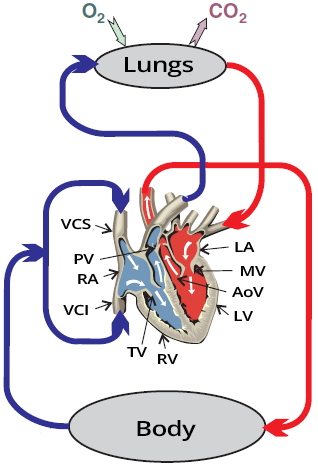
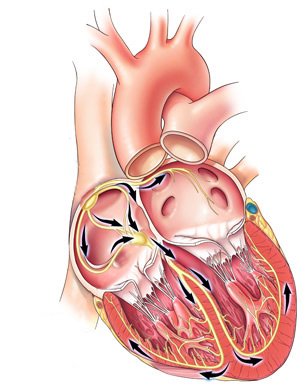
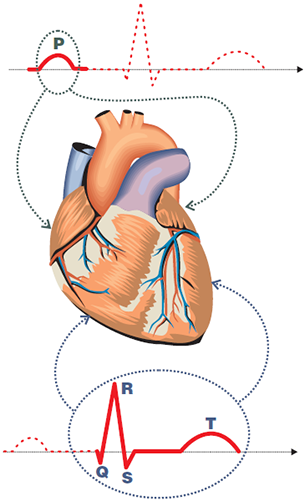
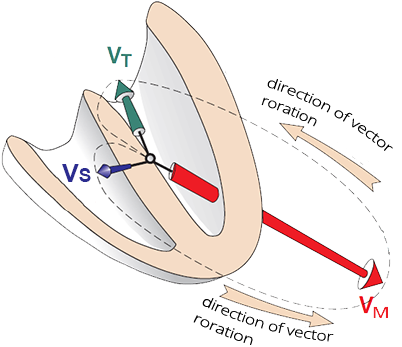

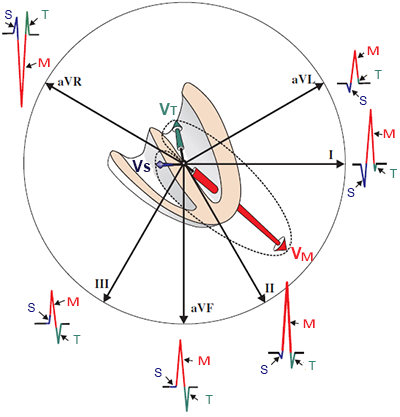
Limb Leads
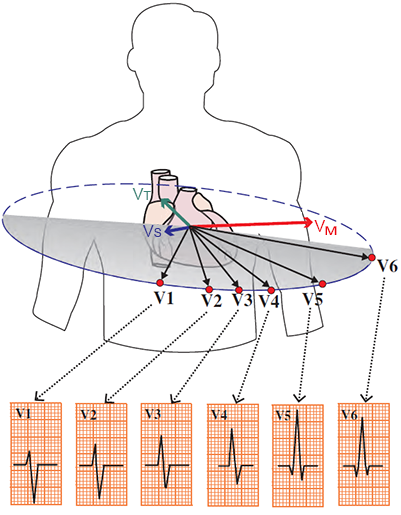
Chest Leads

Sinus Rhythm
Sources
Heart and Circulatory System
|

|
Cardiac Conduction System
|

|
ECG and Electrical Impulse
|

|
Main Heart Vector
|

|
ECG Leads
|

|

|

|
|
Limb Leads
|
Chest Leads
|

Sinus Rhythm
Sources